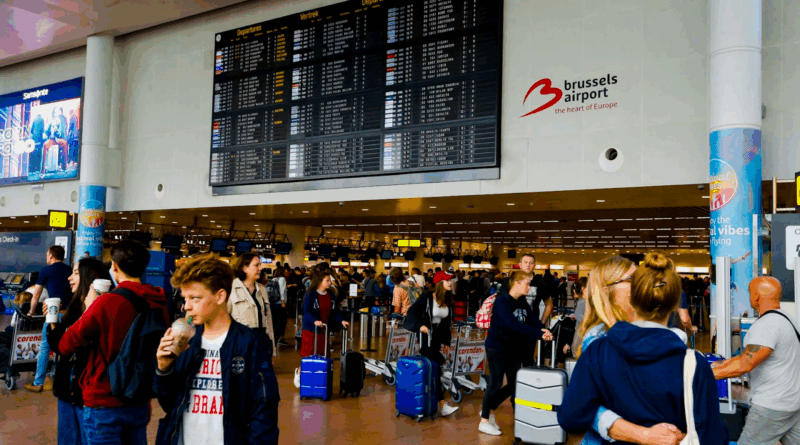Grounded by Code: Cyber Attacks Shake Europe’s Airports
The hum of air travel across Europe met an unexpected turbulence this September — not from storms in the sky, but from lines of malicious code. A wave of cyberattacks crippled IT systems at several major airports, from Frankfurt to Madrid, leading to flight delays, grounded aircraft, and passenger chaos. The attacks, traced to sophisticated ransomware groups with suspected state backing, have once again highlighted the fragility of critical infrastructure in a digital-first world.
While no passenger safety systems were directly compromised, the disruption was massive. Check-in counters stalled, baggage belts froze, and boarding systems flickered offline. Airlines scrambled to revert to manual processes, with staff handwriting boarding passes in some terminals — a surreal throwback to the pre-digital era. For passengers, the delays stretched from hours into days, costing millions in lost time and compensation.
Security experts warn that airports, which operate with thousands of interconnected systems, remain soft targets. From ground logistics and air traffic management to public Wi-Fi, every connected node offers an entry point for attackers. What is striking this time is not only the scale but the coordination: simultaneous breaches across multiple countries suggest meticulous planning.
The European Union has launched a joint investigation, vowing to strengthen its Cyber Resilience Act framework. There are also calls for deeper NATO-level cooperation, given the geopolitical overtones of state-linked groups potentially probing vulnerabilities. Airlines and airport operators, meanwhile, are investing in AI-driven anomaly detection and zero-trust security models, knowing well that resilience is not just about preventing attacks but about bouncing back faster.
For travelers, the episode is a sobering reminder: as aviation becomes increasingly digital, cybersecurity is no less vital than runway lights. The skies may be clear, but in the shadows of cyberspace, turbulence is constant.





